There are some places where I have traveled that resonate with me, places that seem so familiar that I almost believe I may have lived there in a previous life. Chile is such a country. It is a country with an incredible diversity of topography, from the high, arid deserts in the north, to the beautiful, blue glacier masses in the south. It is a country that lends itself to adventure and exploration, where you can climb dramatic volcanos, gallop horses on a Patagonian estancia, or simply sip some Carménère at a winery. Another big plus, especially in these turbulent times, is the fact that Chile boasts a strong economy, arguably one of the strongest among Latin American countries.
Over the holidays, Hubby and I traveled to Chile for our 3rd time, this time with the kids in tow and an eye out for adventure fit for the entire family. We came back thoroughly exhausted, but every sore muscle and pisco sour was worth it. To start off, I feel it is important to give an overview on the food. Its neighbor to the north, Peru, deservedly receives much fanfare for its cuisine, but Chilean cuisine can certainly stand on its own. Yes, like Peru, it has ceviches and pisco, and, owing to its 4,000 miles of coastline, the seafood is world-class. A lesser known fact is that it also has excellent lamb and beef from the estancias of Chilean Patagonia. Plus, fruit production is the fourth most important industry in Chile, the most rapid growth seen in grapes (not surprisingly), apples, nectarines, peaches and avocado. The Chilean avocado, called palta (as opposed to the Mexican aguacate, a derivation of the Nahuatl word aguacatl), is ever-present in the cuisine, and I have to admit it gives California avocados a run for its money.
Starting with our stay in the Atacama desert in the northern part of Chile, our arrival at the lovely Alto Atacama Desert Lodge coincided with the weekly fogon atacameño, or Atacamenian barbecue. Gorgeous, large slabs of steak are prepared alongside lamb sausage, blood sausage, pork ribs, vegetables, chicken and salmon on an outdoor grill reminiscent of something you would see at Frances Mallman’s 1884 in Mendoza, Argentina.
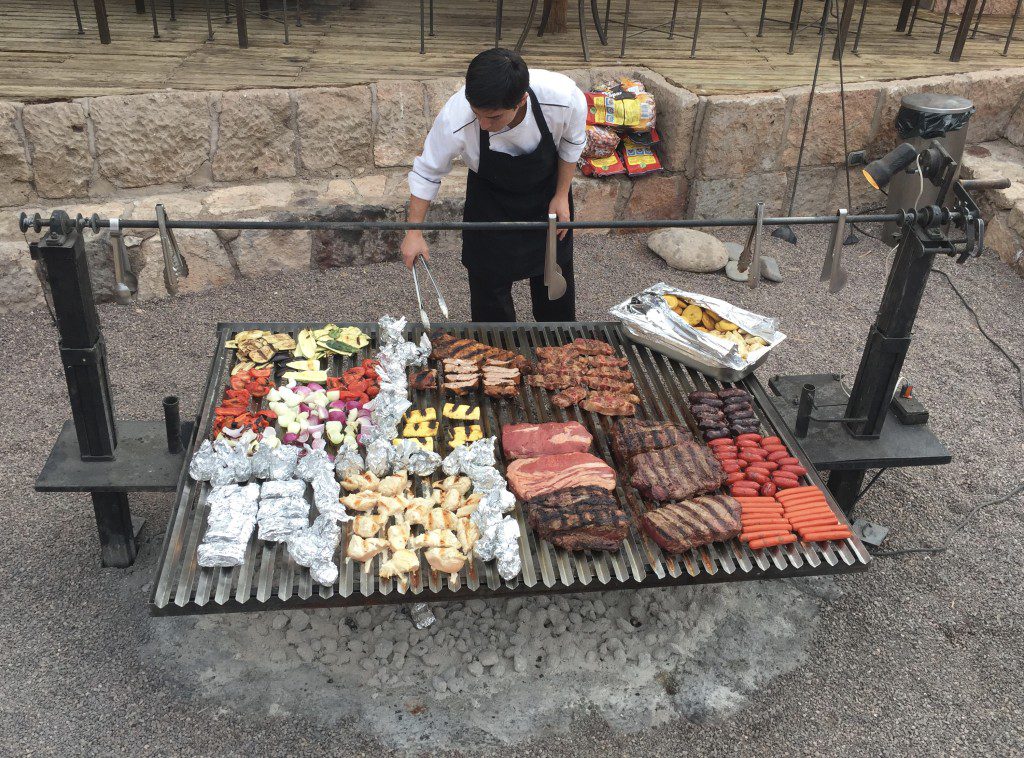
The Atacama desert is a high desert plateau in northern Chile of roughly 50,000 square miles that shares a border with Peru and Bolivia. Most of the tourism is centered around the quaint oasis town of San Pedro de Atacama, which up until 1999, did not have electricity, according to locals. San Pedro sits at roughly 8,000 feet surrounded by volcanos and high peaks. The Atacama desert is considered to be the driest non-polar desert in the world, with an average rainfall of .6 inches. Most of the desert is composed of stony terrain, salt lakes, and sand. Given the harsh nature of the surroundings, the indigenous people, the Atacameño, had to be creative with their sparse resources. They were mainly llama and alpaca herders who used these animals as pack animals and for their meat and fur. To take advantage of rainfall, they used terraced agriculture and cultivated pumpkin, beans, potatoes, corn and quinoa. As such, the cuisine of this area focuses on these ingredients. The Alto Atacama did a wonderful job celebrating its Andean heritage with many creative touches in their cuisine. We also were able to explore San Pedro and a few neighboring towns for some local flavor.
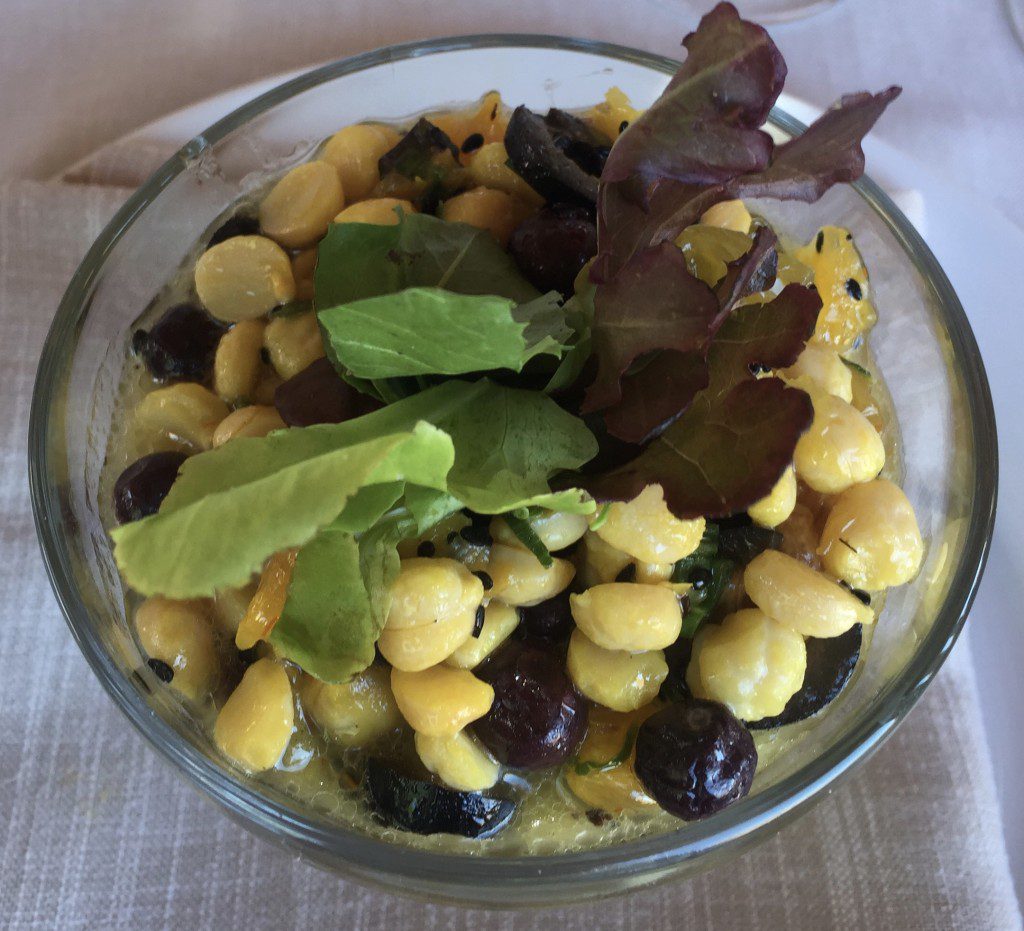
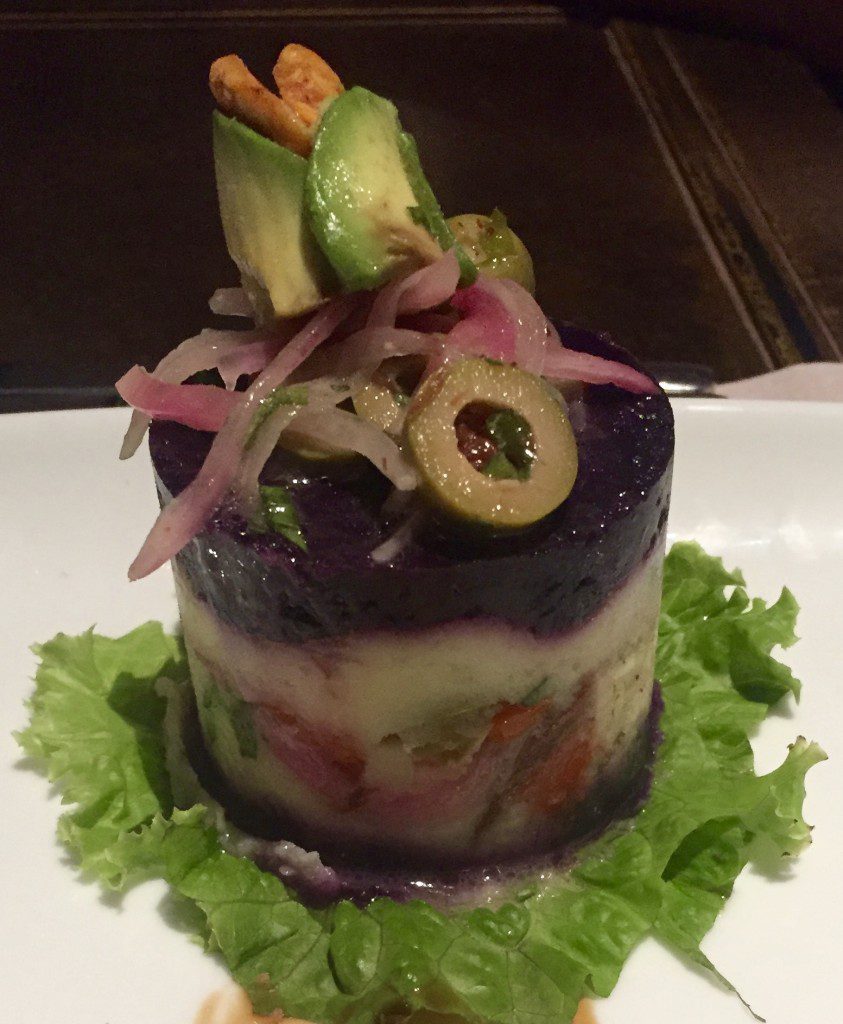
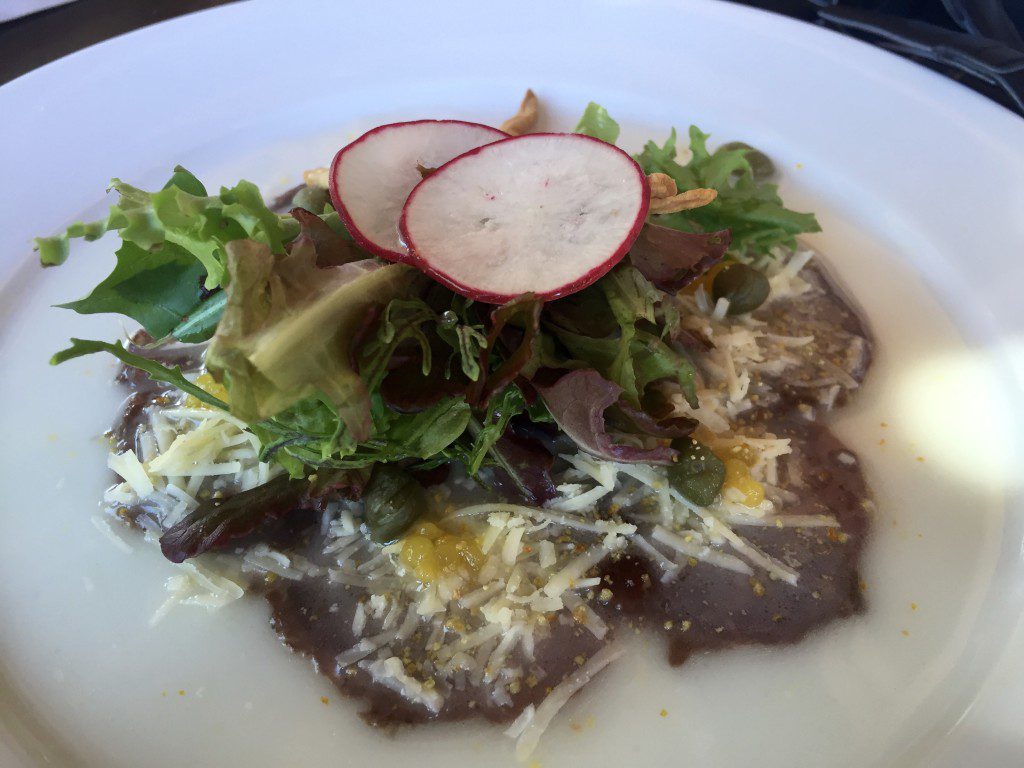


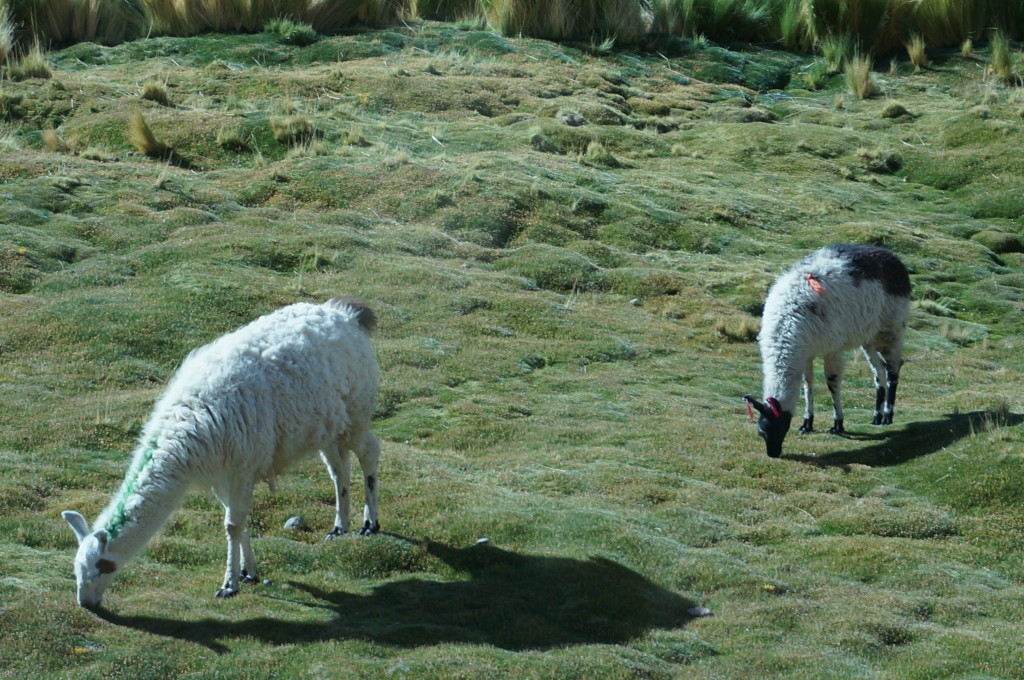
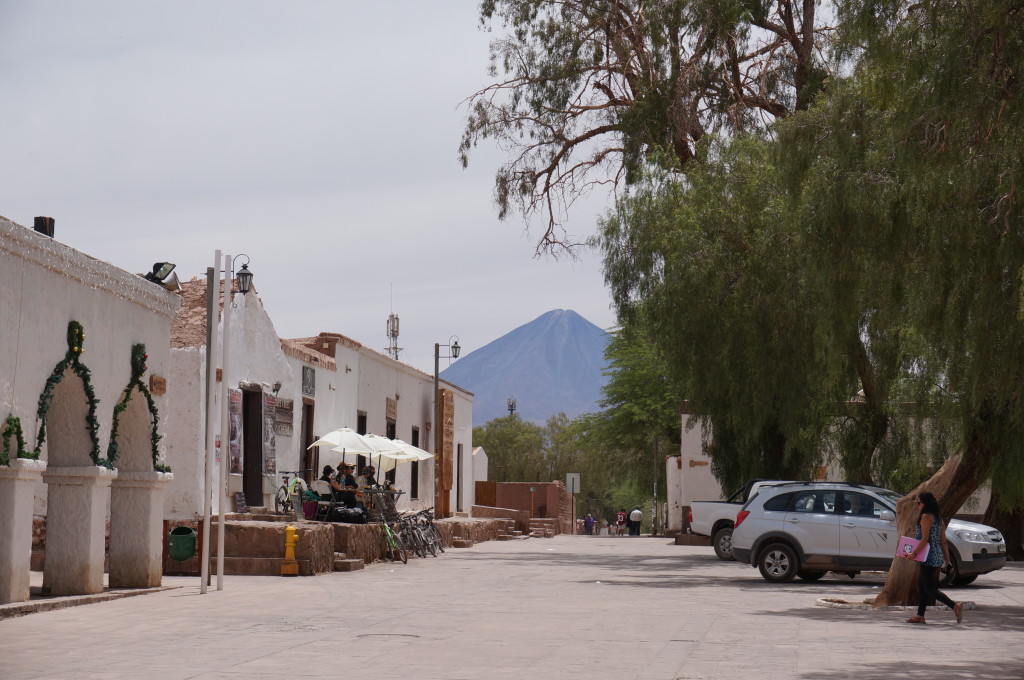
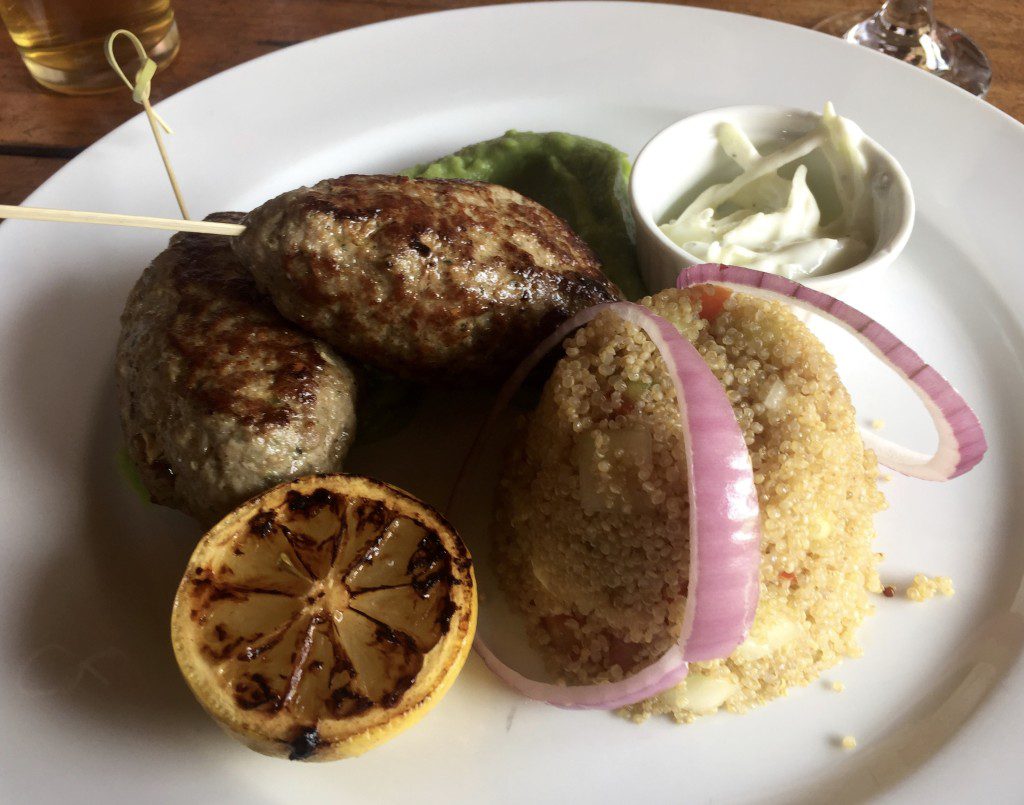
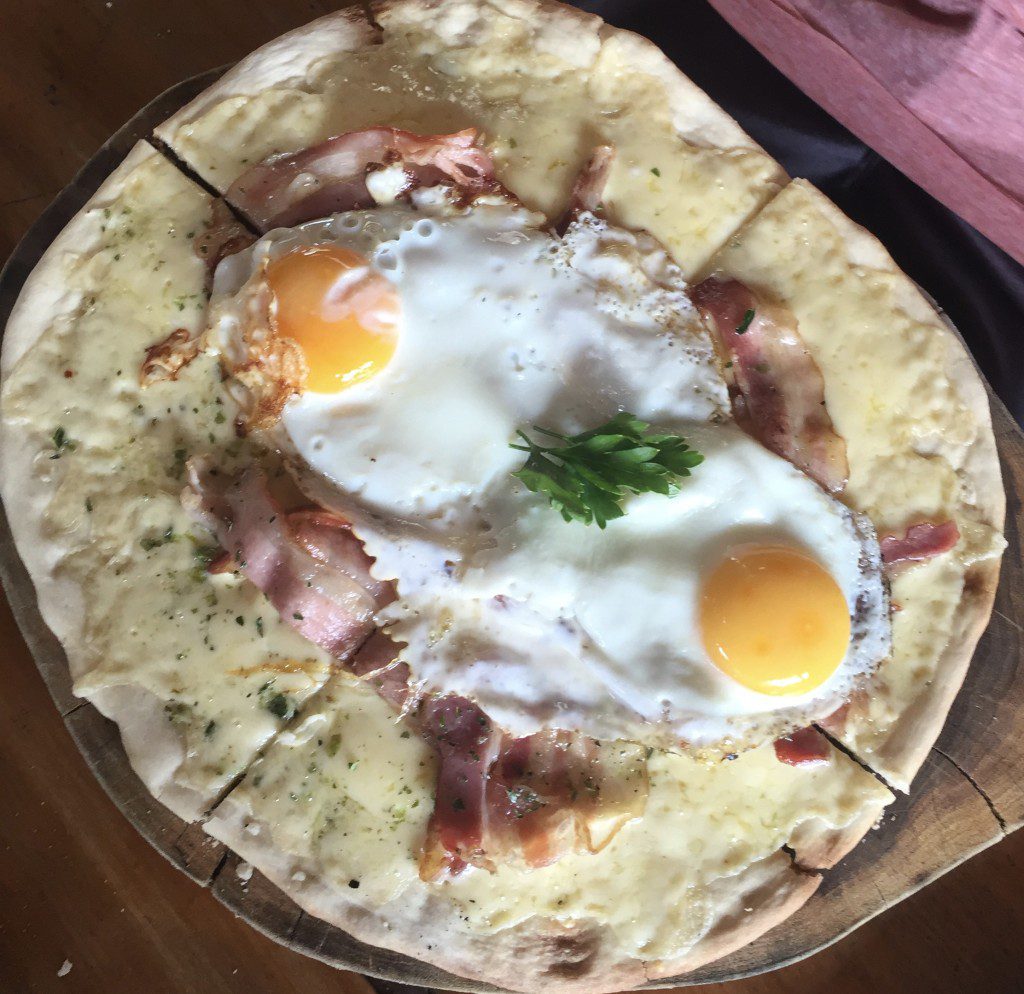
In Santiago, you can find a variety cuisines from which to choose. We always like to hit sushi, as well as stopping by the fish market for some of the incredible king crab, or centolla, which comes from Punta Arenas located on the Straits of Magellan.
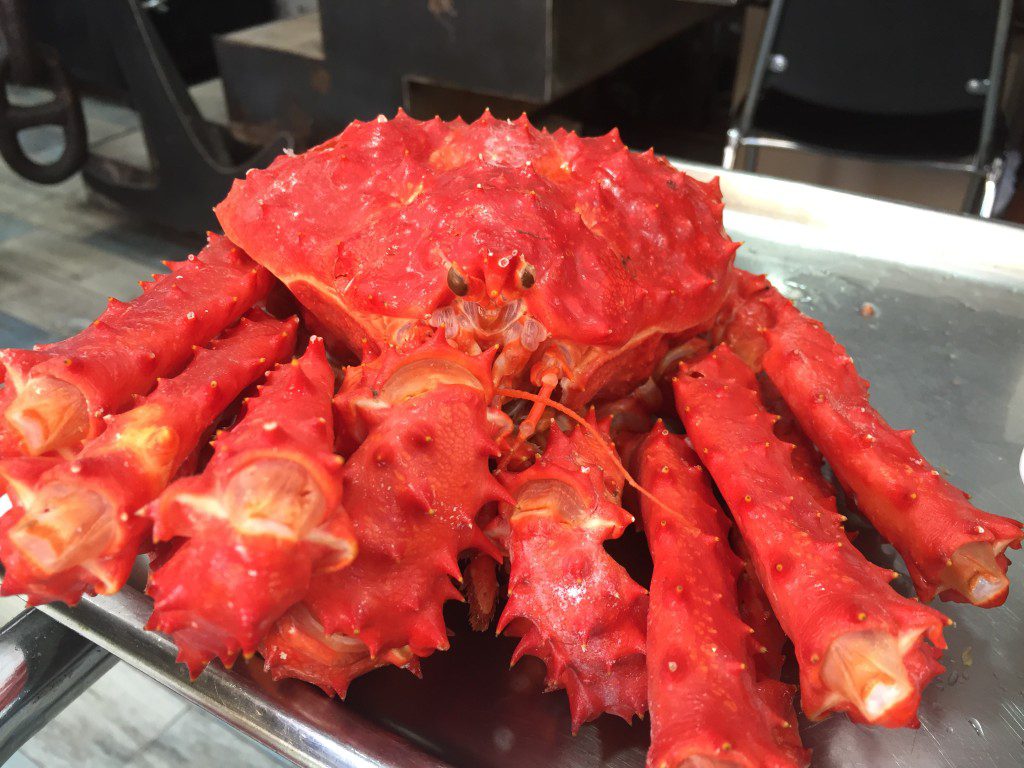
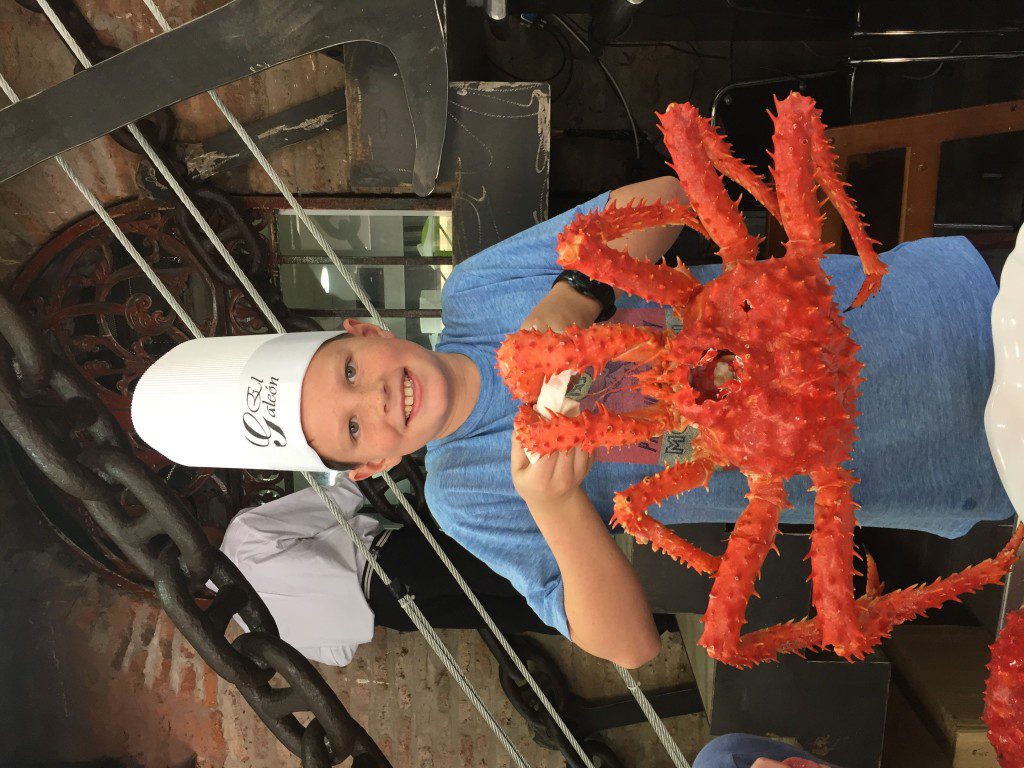
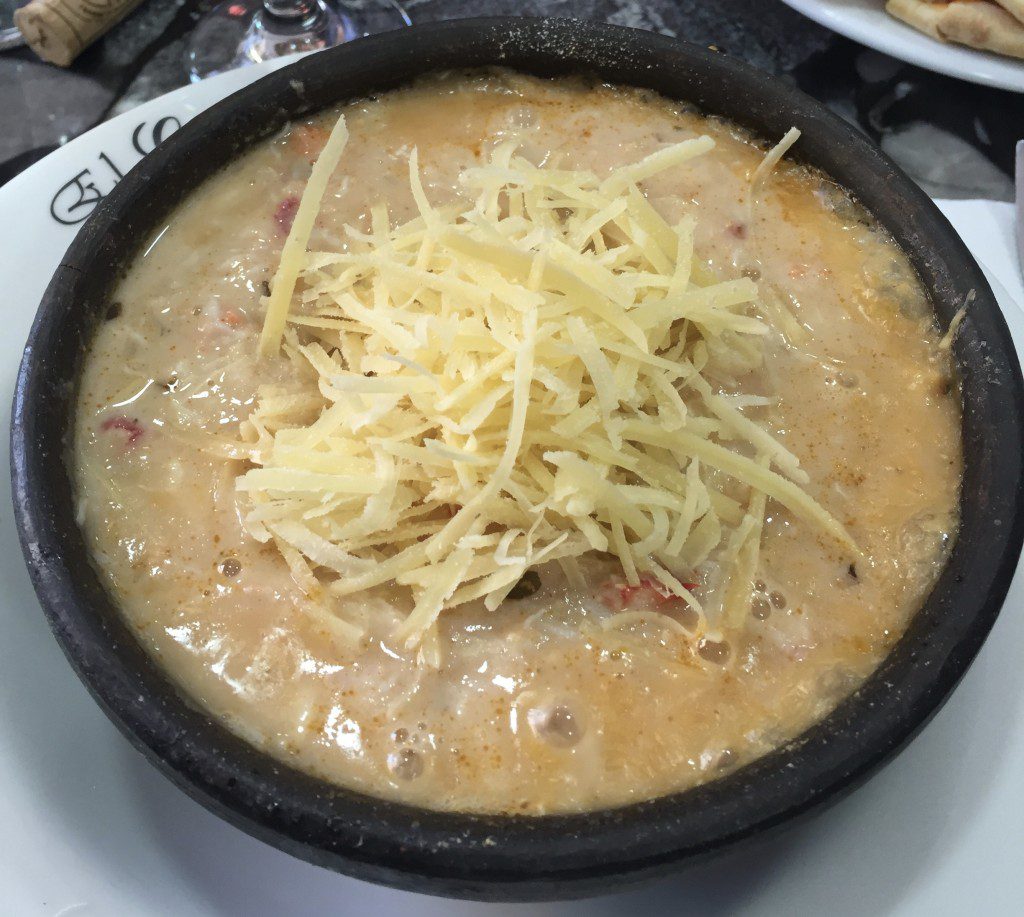
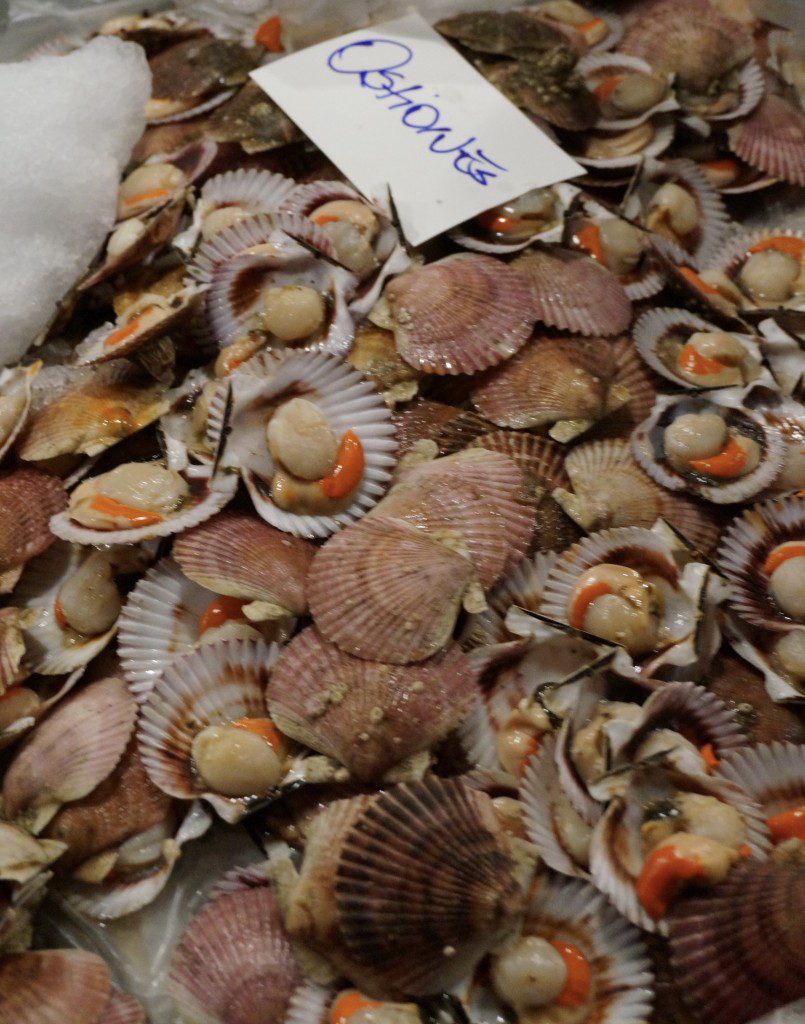
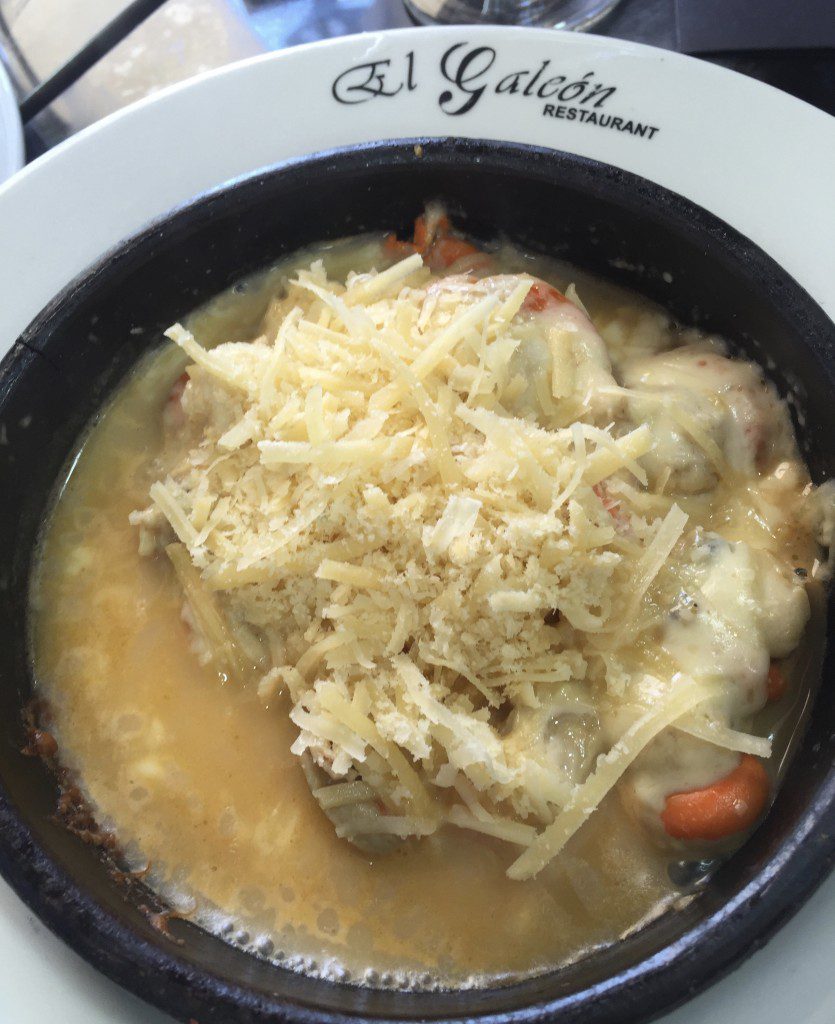
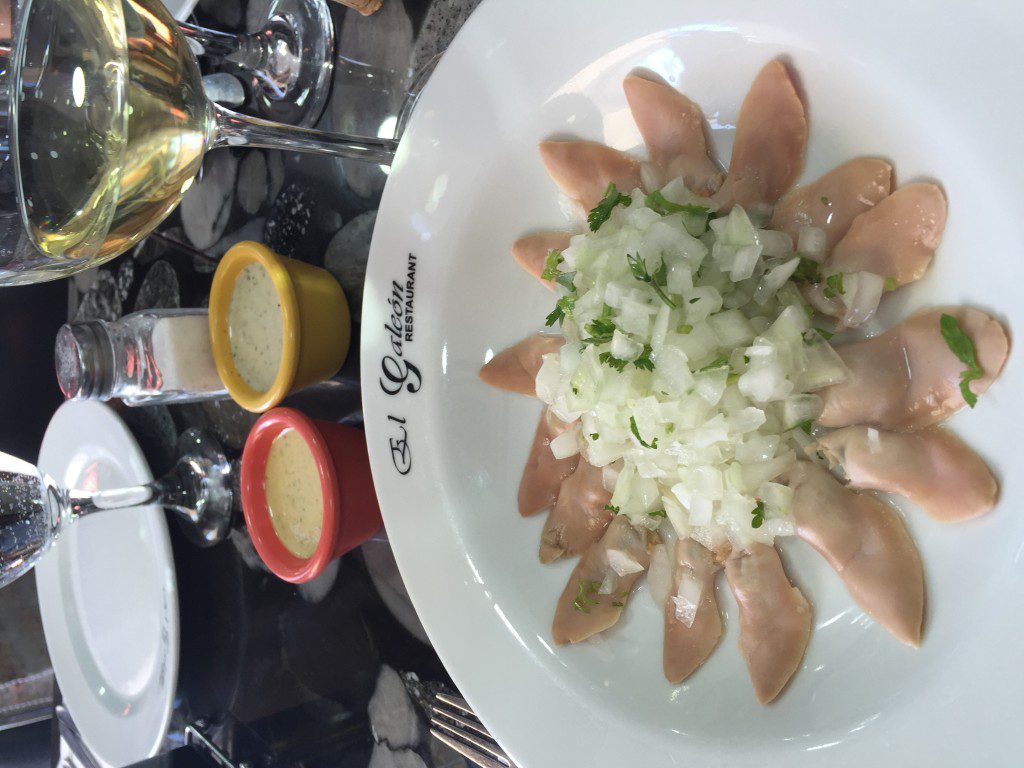
This trip we stopped for Peruvian food at Astrid y Gastón in the Providencia neighborhood. Chef Gastón Acurio and his wife Astrid, who after returning from Paris studying culinary arts, opened their first restaurant in Lima, and now have outposts in Madrid, Mexico City, Bogotá, and Buenos Aires. I have heard a lot about the man known as the king of Peruvian Cuisine, and Astrid y Gastón did not disappoint.

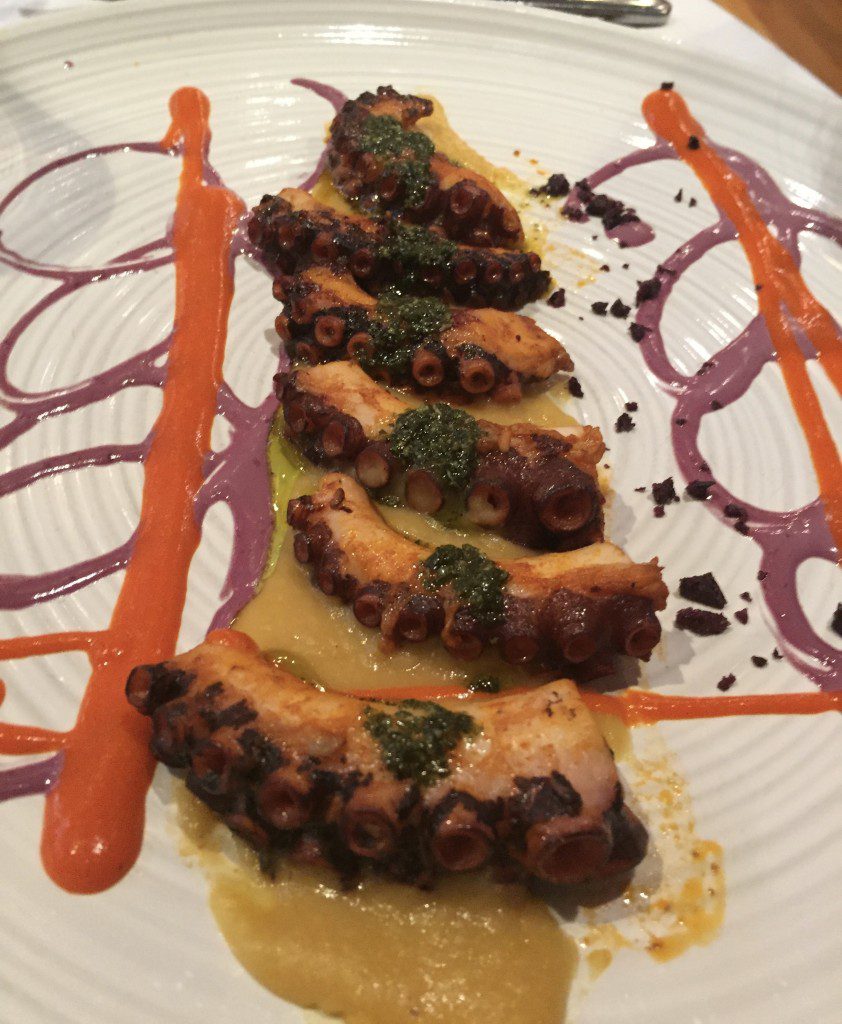
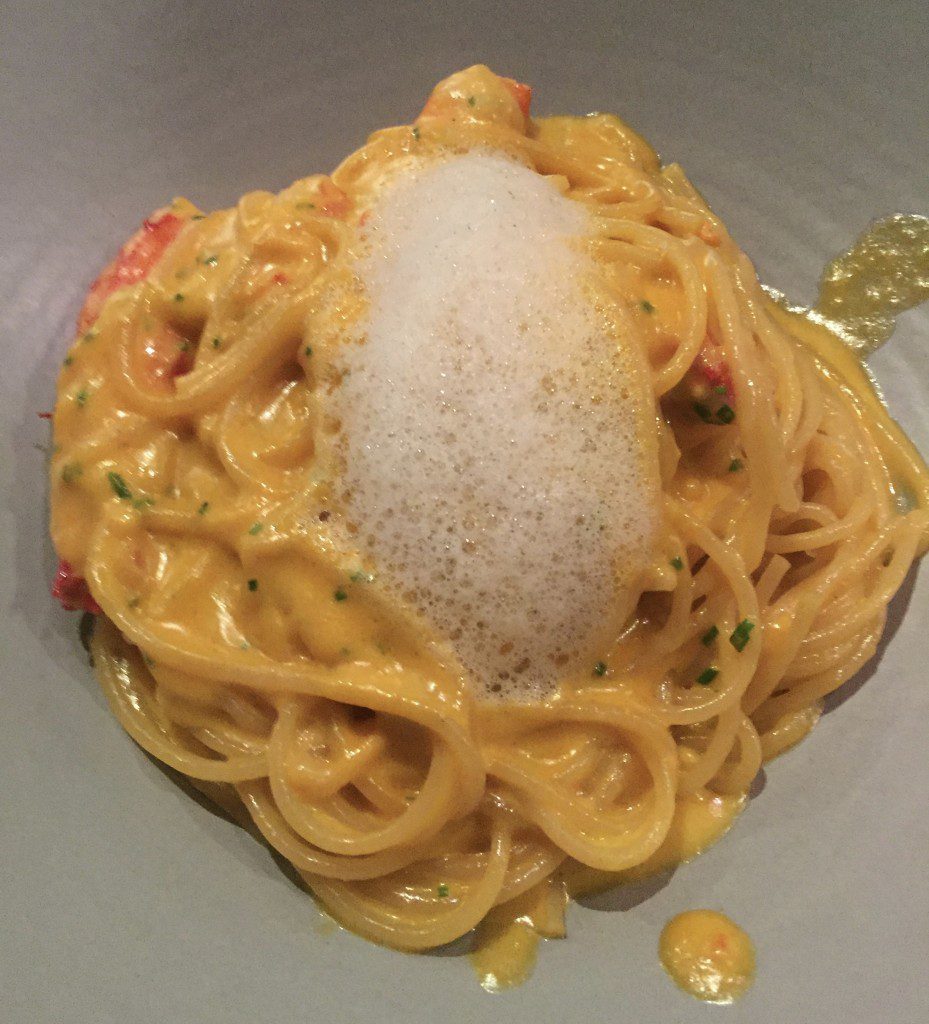
We actually spent an evening in Punta Arenas on our way to Patagonia. We were so excited to eat centolla from the source, and wouldn’t you know our luck did not hold out. We arrived on a Sunday, and every place had closed for the day at 2pm. I suppose that means we are supposed to return to fulfill our goal. Punta Arenas wasn’t a total bust, though…we saw a ton of these little guys…
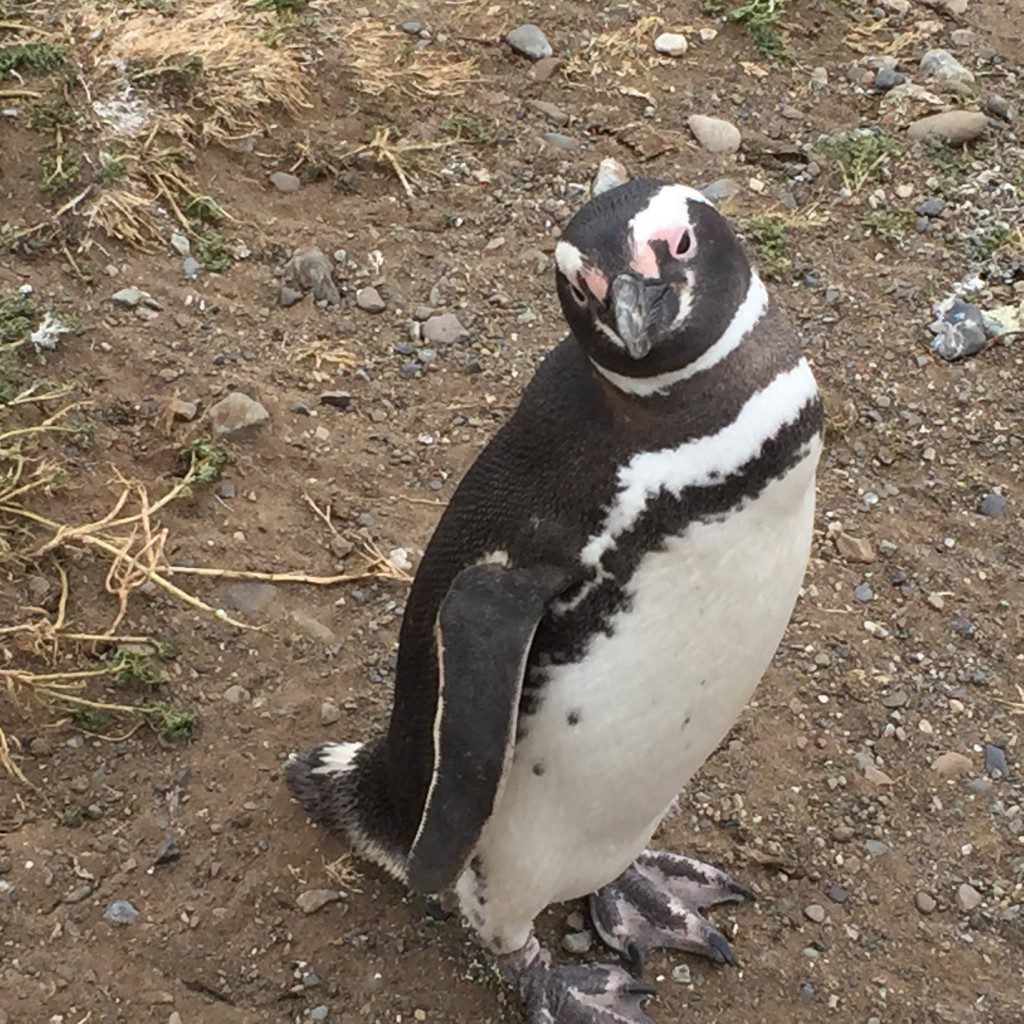
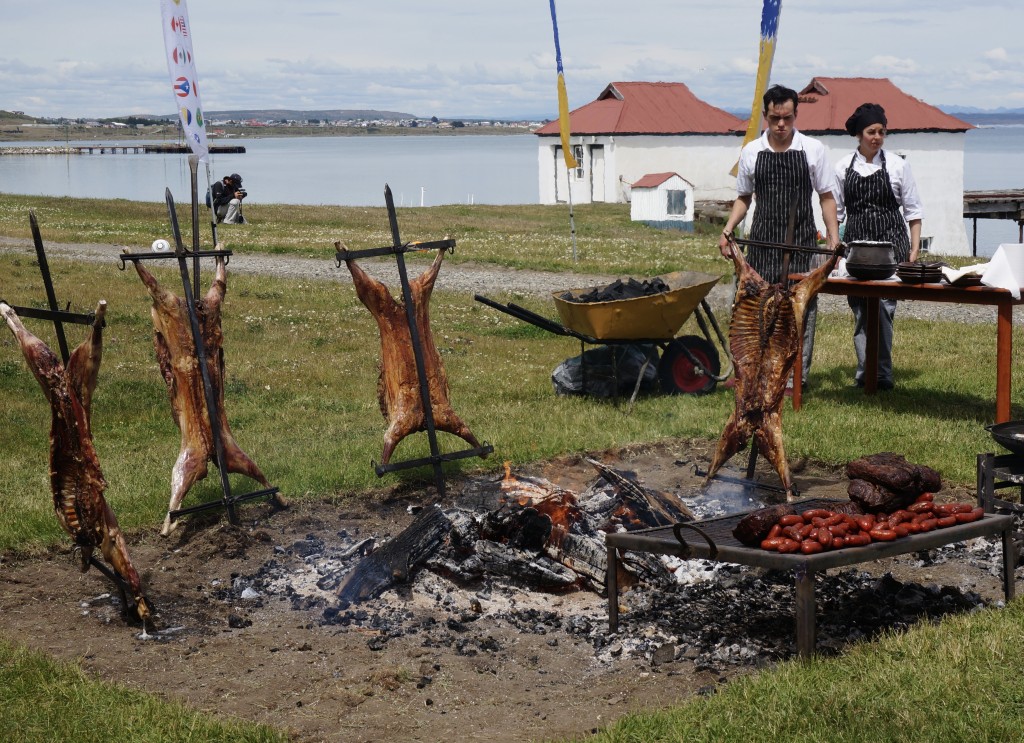

Our trip back to AZ took close to 36 hours with a few long layovers. One such stop was in the town of Puerto Montt, a few hours north of Punta Arenas. You would stop here if you happened to hop on a cruise to Antarctica or were on your way to the island of Chiloé. Our cab driver took us to the local hot spot called Pa’ Mar Adentro.


And in the Santiago airport…yes, one last pisco…until next time!
Check out this simple recipe for pisco sour, plus a couple of my older posts on Chile:
Ingredients: 1 oz Lemon Juice, 1 Egg white, 1 1/2 oz Pisco, 3/4 oz Simple syrup
Preparation: Vigorously shake and strain contents in a cocktail shaker with ice cubes, then pour into glass and garnish with bitters.
Served: Straight up; without ice
Standard garnish: Angostura bitters
Drinkware: Old Fashioned glass

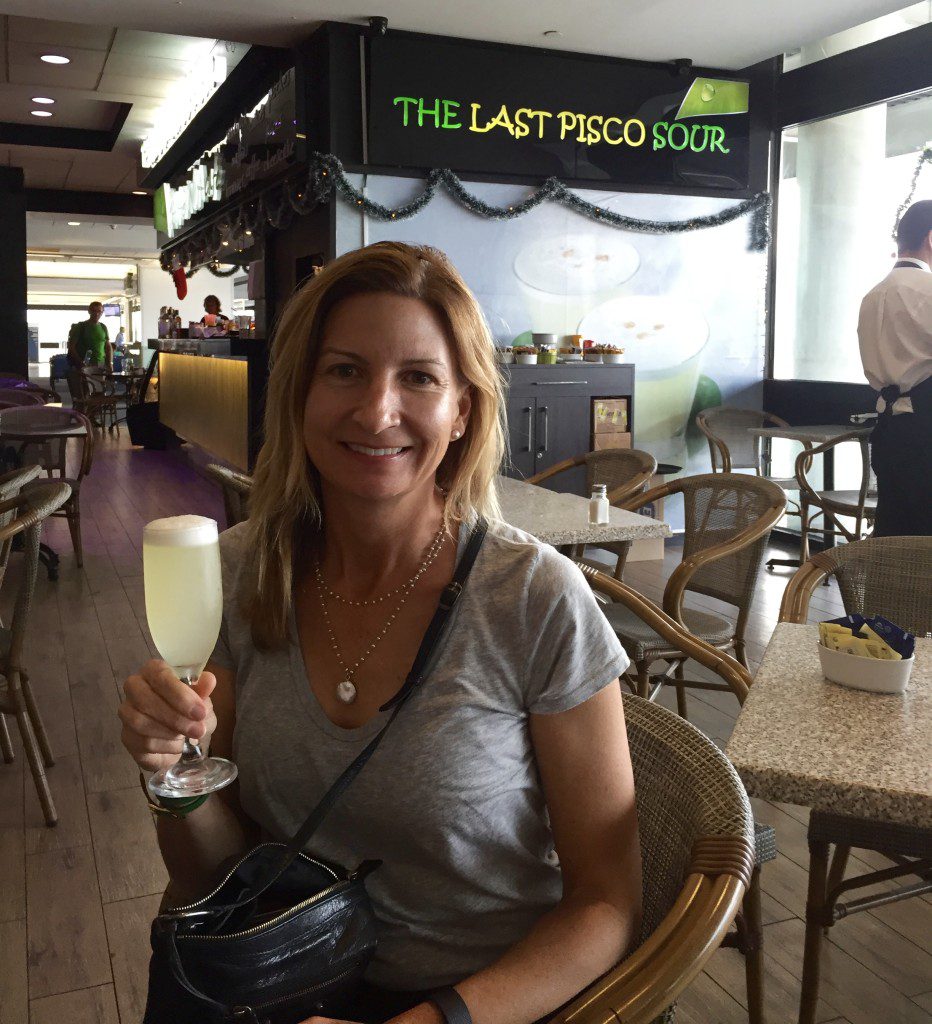









1 comment
Comments are closed.